OEM vs Aftermarket Parts
These parts are going head-to-head!
There comes a time in every appliance's life when one of its parts need to be replaced. When that happens, you will need to pick between two options: purchasing an OEM (Original Equipment Manufacturer) part or an aftermarket part. But what are the differences between the two, and which one should you choose? Let's figure that out!
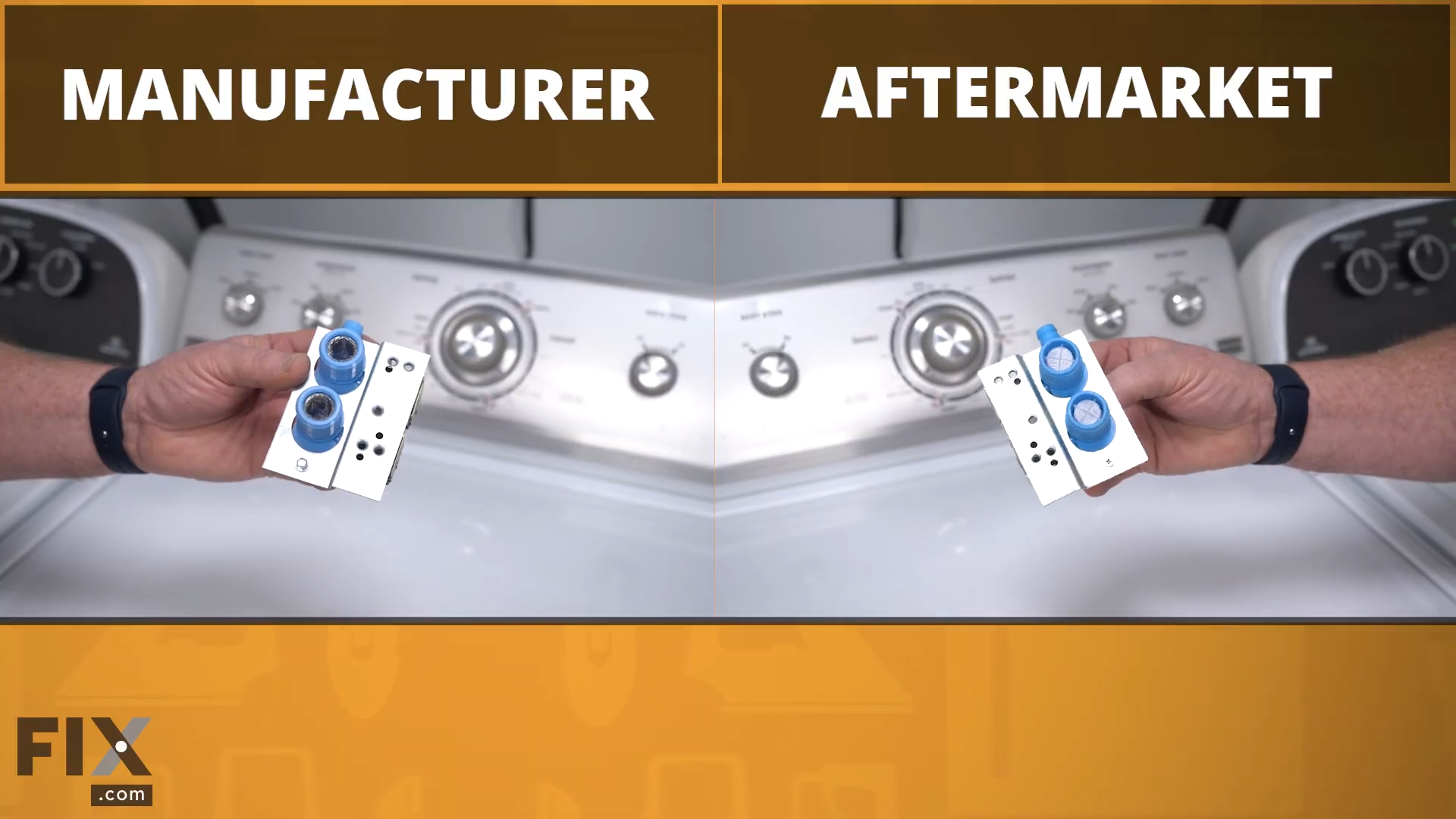
What’s an Original Equipment Manufacturer Part?
An Original Equipment Manufacturer (OEM) part is made by the same company who produced the appliance that needs that replacement part. For example, if you have an LG washer then LG would be the OEM.
Benefits of Buying OEM Parts
- Quality: OEM parts are manufactured to meet the specifications of the original appliance, so that they perfectly and seamlessly fit with the rest of the machine. This provides greater performance over aftermarket parts, which vary in quality and compatibility. OEM parts are often used by repair technicians because of their reliability.
- High Performance: These parts have quality and longevity because they are created and tested in accordance with the OEM’s standards. They look and perform exactly like their original counterparts. OEM parts are also typically made with top-grade materials and have long lifespans, as opposed to aftermarket parts which are susceptible to wear-and-tear and need to be replaced frequently.
- Consistency: Using OEM parts ensures consistent performance across the entire appliance. Combining aftermarket and OEM parts might cause compatibility problems and decrease the overall reliability of the appliance.
- Warranty Protection: Companies that sell OEM parts (that’s us!) often provide warranty and support to give you peace of mind when you shop. Here at Fix, for instance, we offer a one-year warranty and a 365-day moneyback guarantee on all of the parts we sell. Our customer service team are also eager to help any customers who may need assistance.
What’s an Aftermarket Part?
Aftermarket parts are produced by third-party companies. They are designed to fit and function as replacements for an appliance. However, they are not made by the same company that made the appliance in question.
Benefits of Buying Aftermarket Parts
- Affordability: Many opt for aftermarket parts because they are less expensive than OEM parts. Although they allow for cost savings in the short run, aftermarket parts wear out faster than OEM parts so you would need to repurchase them more often.
- Variety and Customization: Compared to OEM parts, aftermarket parts come in a wider variety of configurations, allowing for more customization in the appliance’s design. As aforementioned, however, it is not a good idea to use OEM and aftermarket parts together.
But Wait!
Not all aftermarket parts are made equally, and some may not fit or function correctly with certain model types. You would need to spend a considerable amount of time researching for reputable suppliers and looking for replacement parts that would work with your appliance. Poorly made aftermarket parts will not work as intended and can affect your appliance’s lifespan. How frustrating would it be to buy the same part over and over again, only for them to negatively impact your appliance's performance!
How Do They Compare?
Our expert technician, Chris, demonstrates how an OEM part fares against aftermarket part by pointing out the visual differences between them. In this video, he specifically puts two washer inlet valves side-by-side.
Coils
The coils on the OEM inlet valve were solid and well-mounted, giving way to no movement at all when Chris tried to twist them.
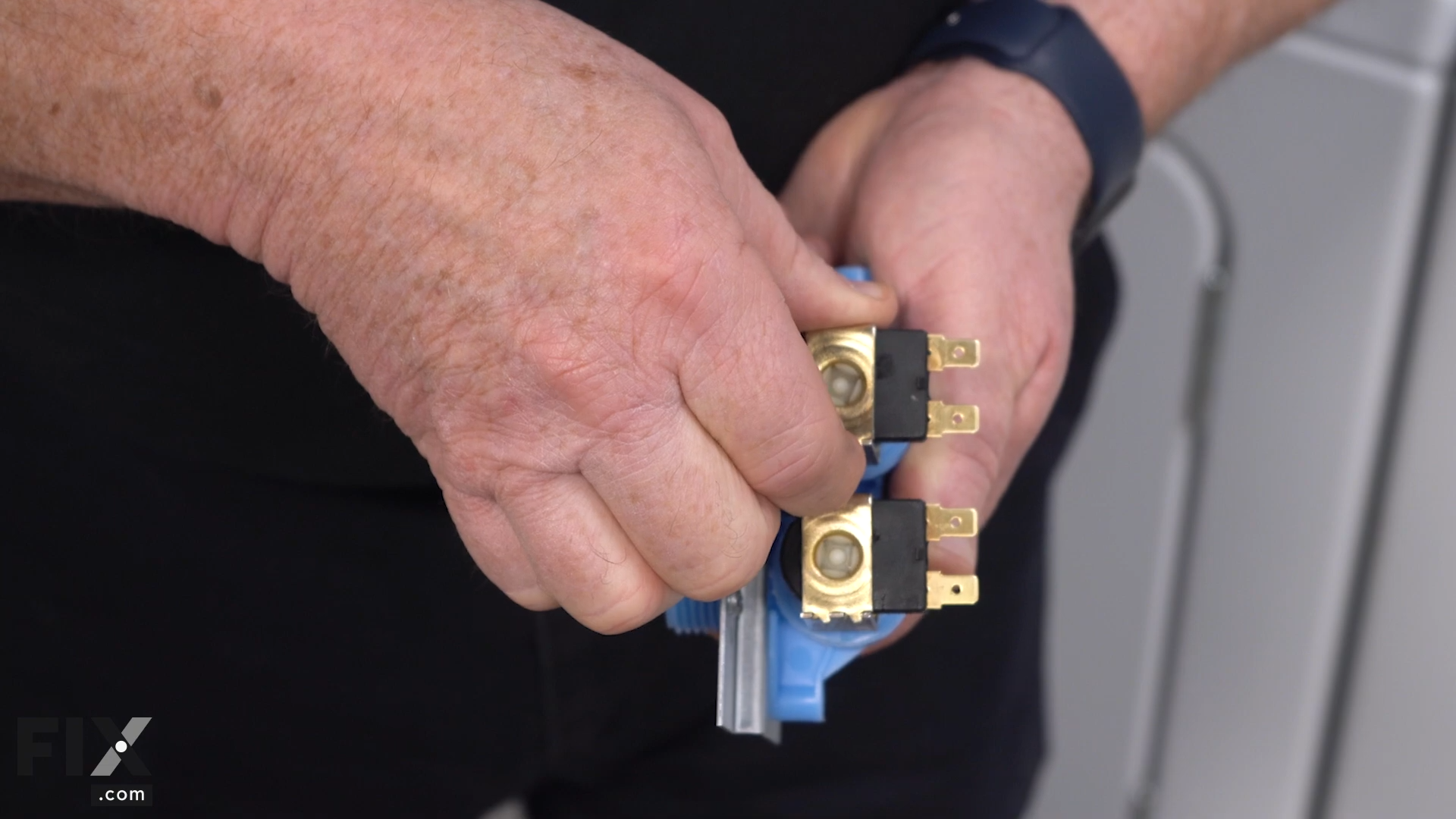
When Chris looked at the coils for the aftermarket inlet valve, he found that they were loose and had wiggle room. He noted that this valve would make chattering, humming, and buzzing sounds when fitted onto a washer. He then mentioned that these coils will eventually cause operational issues, as they would not allow the valves to open nor close.
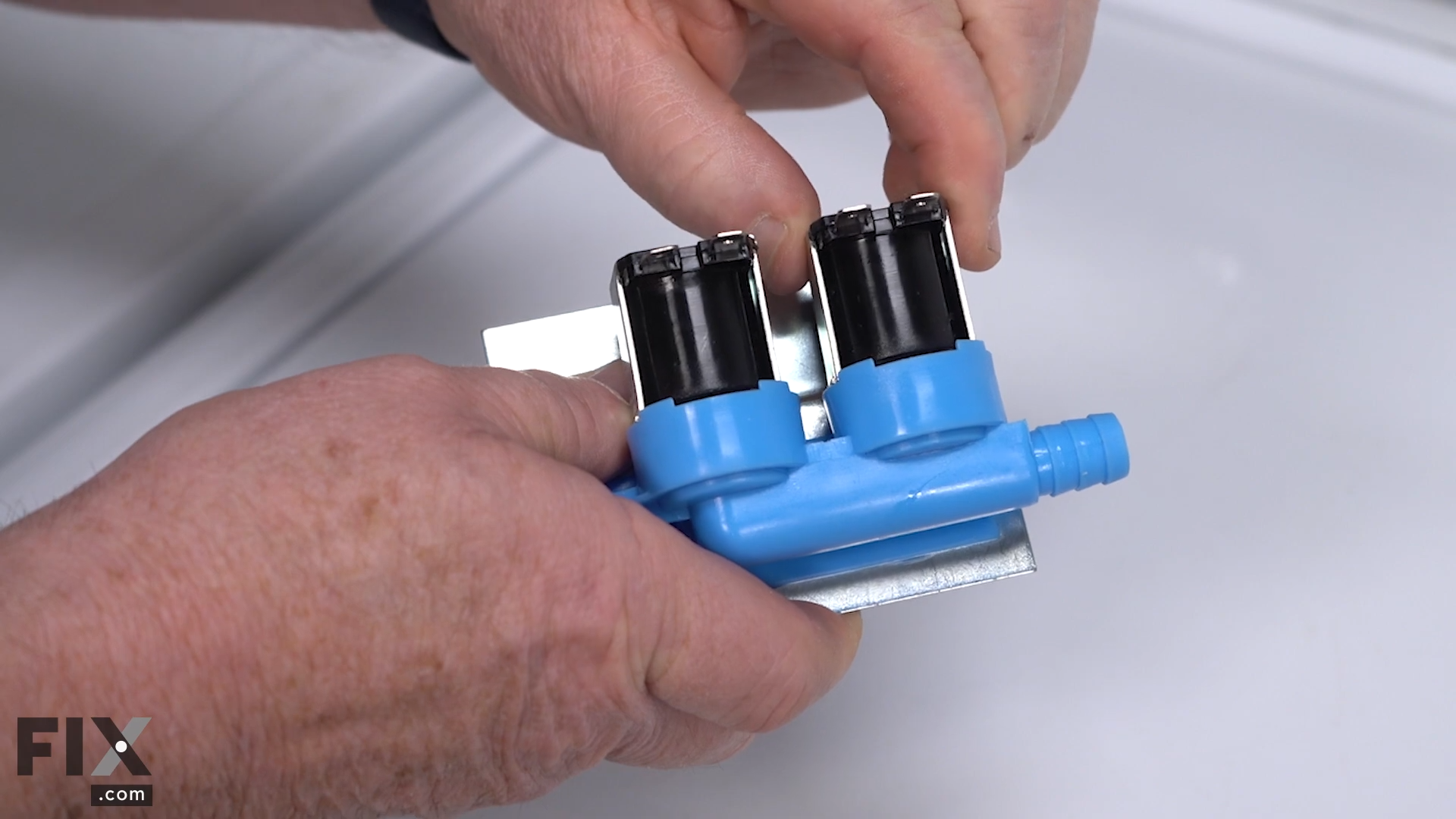
Mounting Bracket
The mounting bracket on the aftermarket inlet valve was loose-fitting as well, showing that aftermarket manufacturers do not have quality control standards that are as rigorous as the OEM’s. Again, this inlet valve is expected to produce noise and vibration when your washer runs, and you would find yourself needing to take apart this inlet valve to fix that issue.
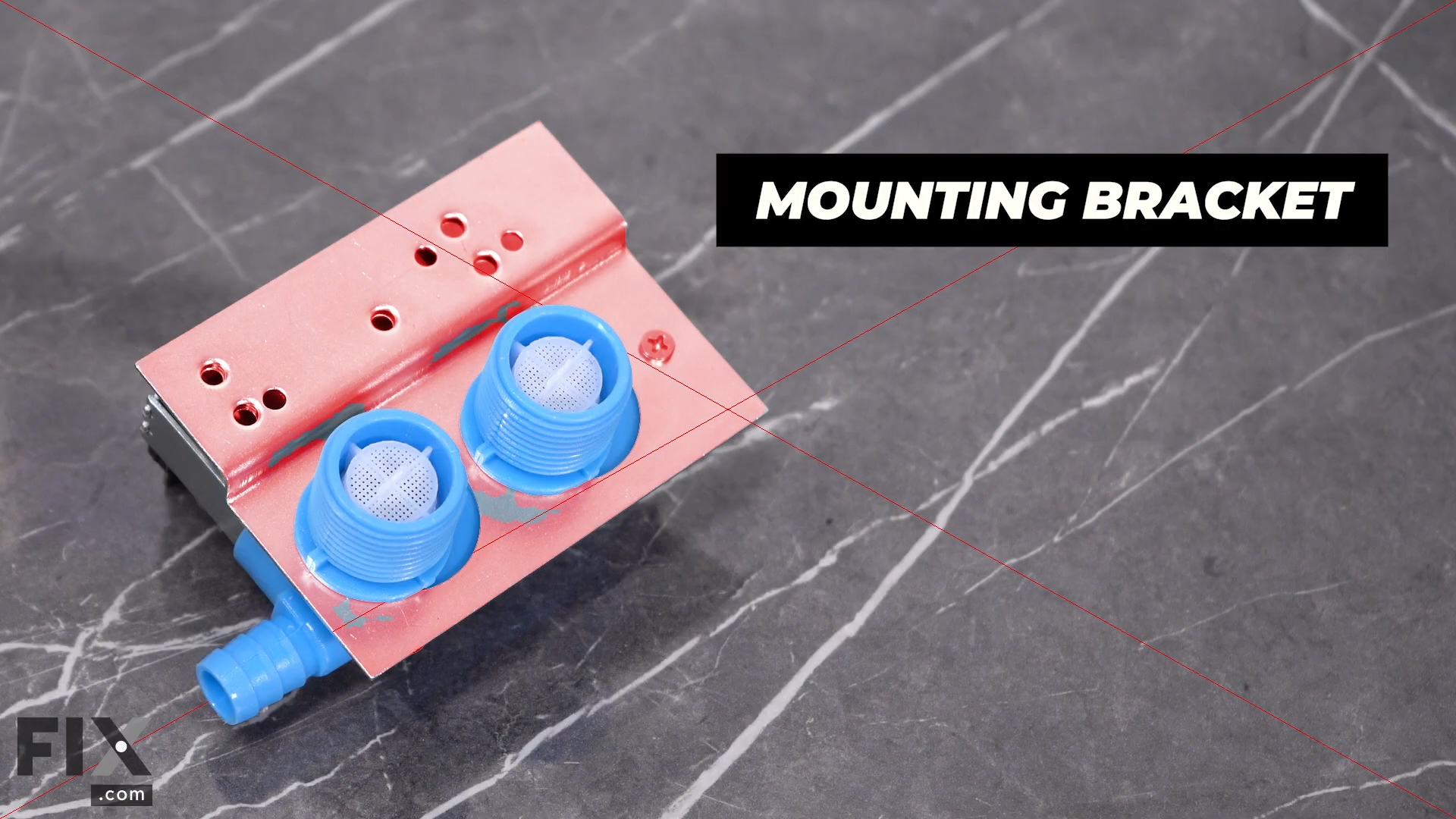
Inlet Screens
The inlet screens are very important features of the valve itself, as it filters out any debris from the water that is flowing into your washer. Chris notices that the screens on the OEM inlet valve are steel mesh nets that will effectively do their job at trapping sediments.
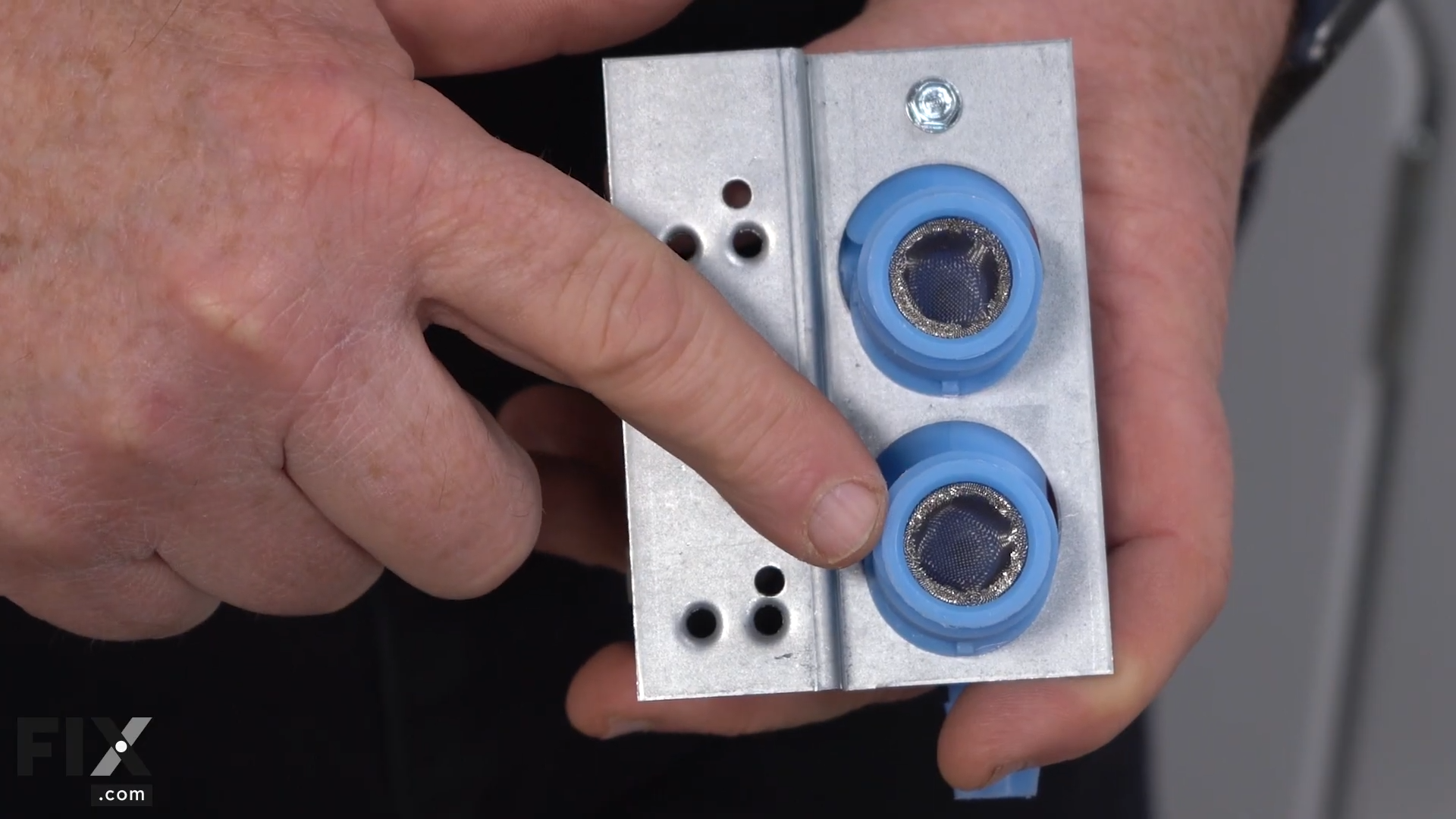
The ones on the aftermarket inlet valve are made of plastic and the holes are larger.
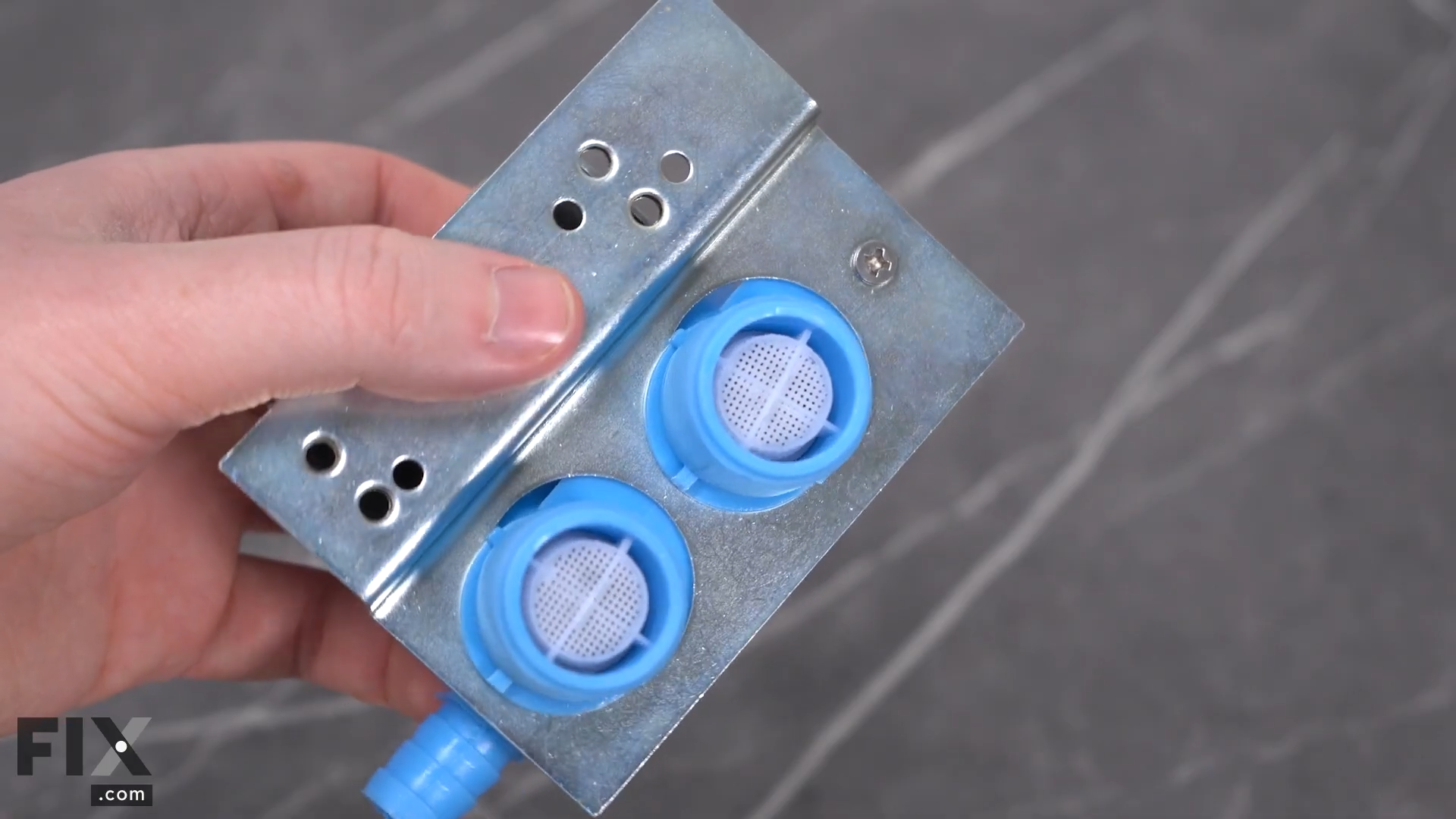
Chris foresees that the aftermarket inlet valve will clog up more easily, resulting in water trickling into your washer, to the point of overflowing, even when it is powered off.
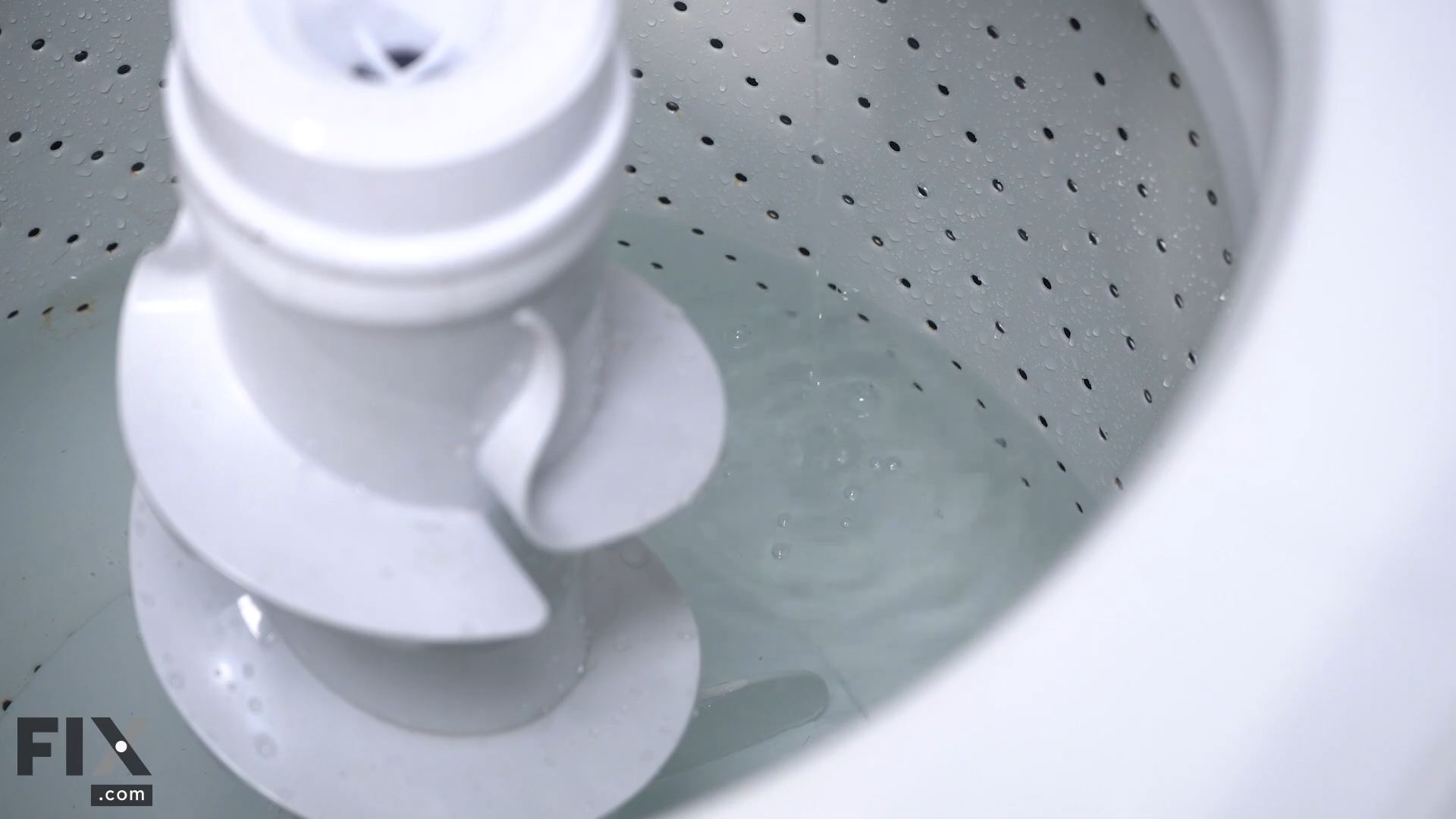
I Think The Choice Is Obvious Here...
You should go for OEM parts! As you can see from Chris's comparison, using the aftermarket washer inlet valve would have caused you multiple headaches down the road. No one's a fan of those.
OEM parts give you the best bang for your buck whenever you find yourself in a DIY pickle. Since they're a perfect fit for the equipment you're installing it into, you can be confident that they will work with it without any complications. You also have access to after-sales services from most OEM suppliers, ensuring that your purchase from start to end is stress-free! If you’re team OEM like us and find yourself needing to repair something, check out our diverse library of OEM parts! We make it easy for you to find the parts you need – all you’ll need to do is search for parts with your model number. We'll take care of the rest!
